Zoa & Paly Care Guide – Care, Feeding & Lighting Tips
Introduction
Zoanthids and Palythoas, collectively known as Zoas & Palys, are some of the most popular corals in the reef-keeping hobby. Known for their vibrant coloration, rapid growth, and wide availability, and endless variety, these colonial polyps are a staple in both beginner and advanced reef tanks. However, while they are hardy and visually stunning, they also require special handling due to the potential presence of palytoxin, one of the most dangerous natural toxins.
Scientific Name & Identification
Both Zoanthids and Palythoas belong to the order Zoantharia. Zoanthids usually display smaller, tighter polyps that form dense mats, while Palythoas have larger, fleshier polyps that may grow in thicker colonies. Their wide variety of morphs and color patterns—ranging from neon greens and oranges to rainbow mixes—makes them a centerpiece in reef aquariums.
⚠️ Palytoxin Safety: Palythoa species, in particular, are known to produce palytoxin. This compound is dangerous if it comes into contact with cuts, eyes, or is inhaled as aerosol during fragging with hot water. Reef keepers should always wear gloves, eye protection, and handle colonies with extreme care.
Natural Habitat
In the wild, Zoas & Palys thrive across shallow reefs, lagoons, and rubble zones in the Indo-Pacific, Caribbean, and other tropical oceans. They form dense colonies that carpet rocky areas, often outcompeting other corals in their environment. Their adaptability allows them to handle a wide range of aquarium conditions.
Aquarium Care & Setup
Zoas & Palys are relatively forgiving and thrive under stable reef parameters:
-
Temperature: 74–80°F (23–27°C)
-
pH: 8.1–8.4
-
Salinity: 1.024–1.026
-
Flow: Moderate, to prevent detritus buildup
-
Lighting: Moderate (50–150 PAR), with coloration varying depending on spectrum and intensity
They can be placed on rockwork or frag racks, where they spread rapidly. Many aquarists design “zoa gardens” featuring multiple morphs grown side by side for a colorful display.
Feeding Zoanthids & Palythoas
While primarily photosynthetic, Zoas & Palys may accept supplemental feeding, though they don't have a very strong feeding response. Fine particulate foods such as reef roids, phytoplankton, and powdered coral blends can encourage faster growth and more vibrant colors. Feeding 1–2 times weekly is often sufficient.
Growth and Behavior
Zoas & Palys multiply through budding, and under the right conditions can grow into large mats that cover rockwork. This makes them semi-aggressive, as they may crowd or overtake neighboring corals if not managed. Regular fragging helps keep colonies contained and allows aquarists to share or sell new frags.
Tankmates
These corals are well-suited for mixed reefs, pairing well with peaceful fish, invertebrates, and other corals. Avoid housing them near particularly aggressive corals that may outcompete or sting them.
FAQs about Zoas & Palys
Are Zoas & Palys easy to keep?
Yes, they are hardy and grow well under stable water conditions.
Do Zoas & Palys need to be fed?
Not required, but occasional feeding enhances growth and coloration.
Can Zoas & Palys be dangerous?
Yes, some Palythoa species contain palytoxin, which is highly toxic. Safe handling practices are essential, though actual cases of poisoning are rare.
What lighting and flow do they prefer?
Moderate light (50–150 PAR) and moderate flow are ideal.
How fast do they grow?
They can spread rapidly, carpeting rockwork and forming dense colonies.
How do I manage spreading colonies?
Regular fragging helps control growth and prevents them from overtaking your reef.
Conclusion
Zoanthids and Palythoas are some of the most colorful and versatile corals in reef aquariums, offering endless variety for hobbyists. While they are hardy and relatively easy to care for, reef keepers must handle them with caution due to the potential presence of palytoxin. With proper safety measures, these corals reward aquarists with rapid growth, vibrant colors, and the ability to create stunning zoa gardens that showcase the beauty of a reef ecosystem.
Shop Zoa & Paly Corals.


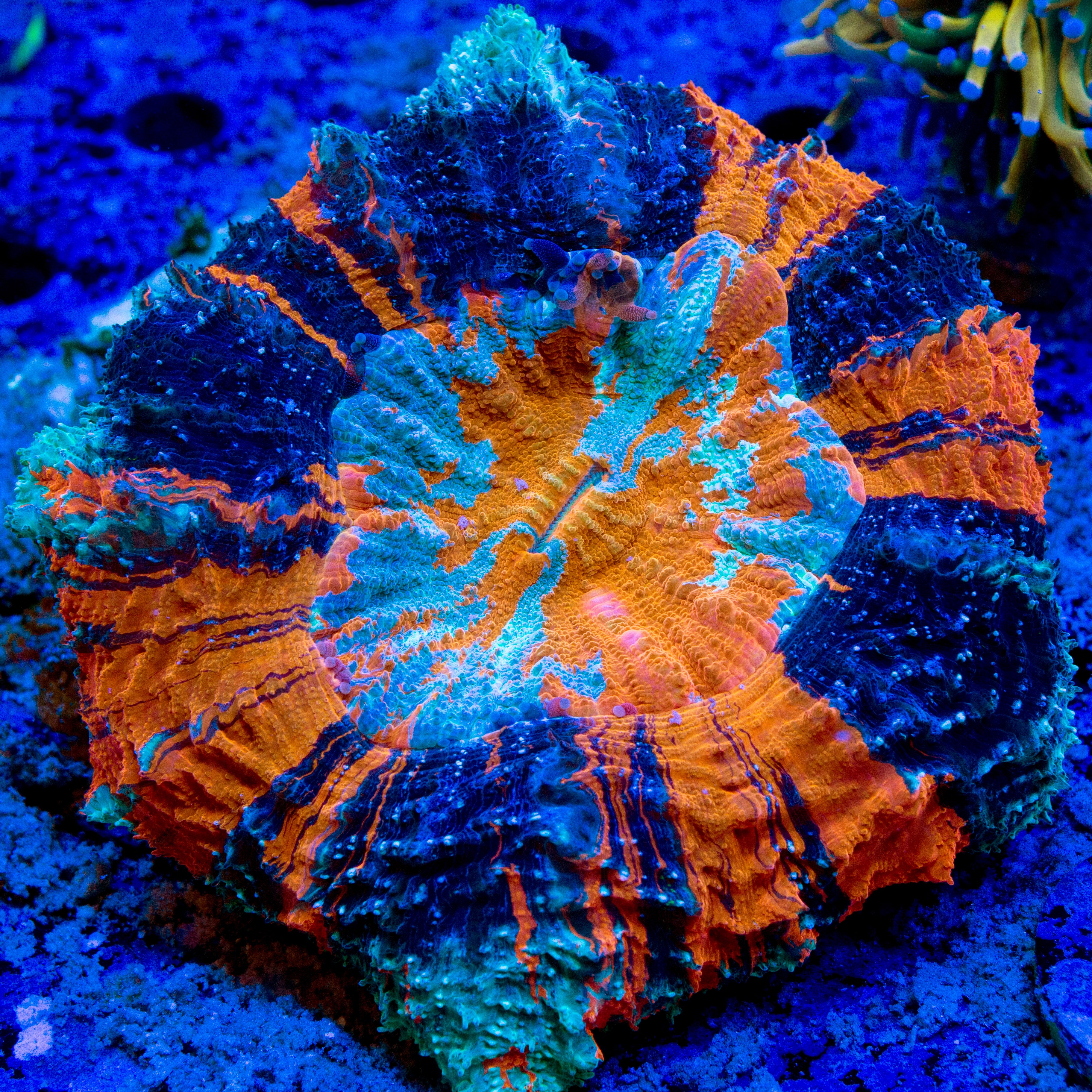
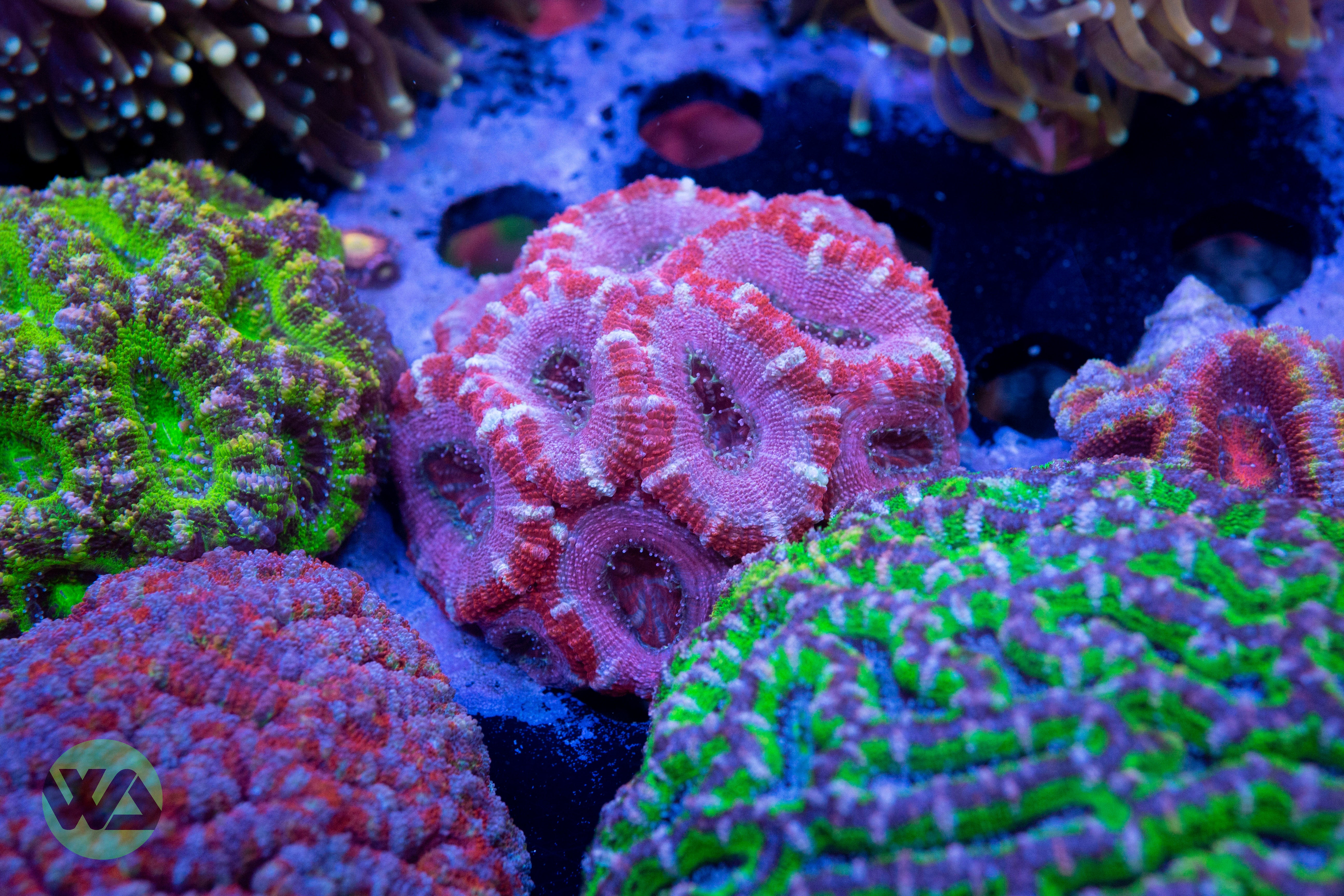
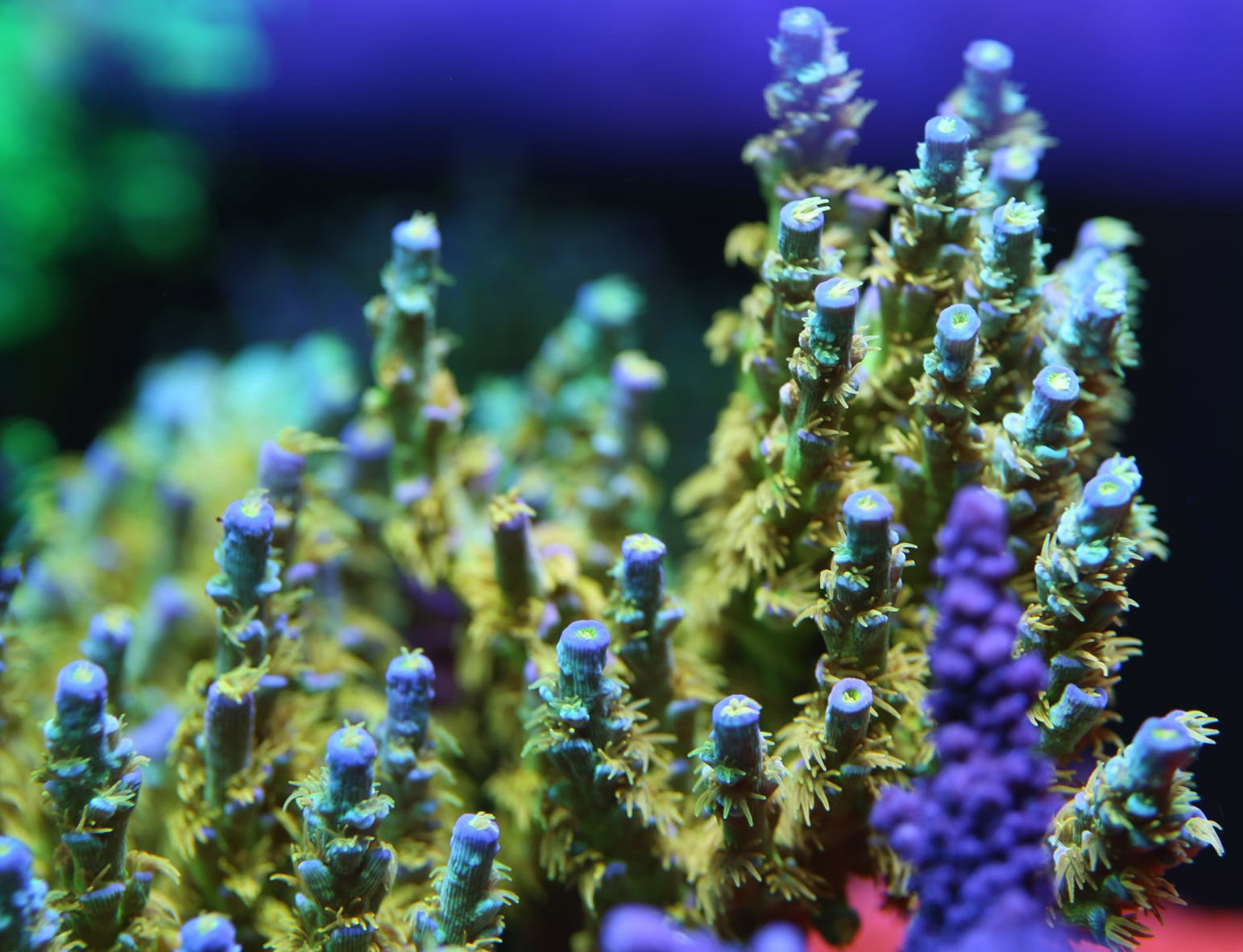
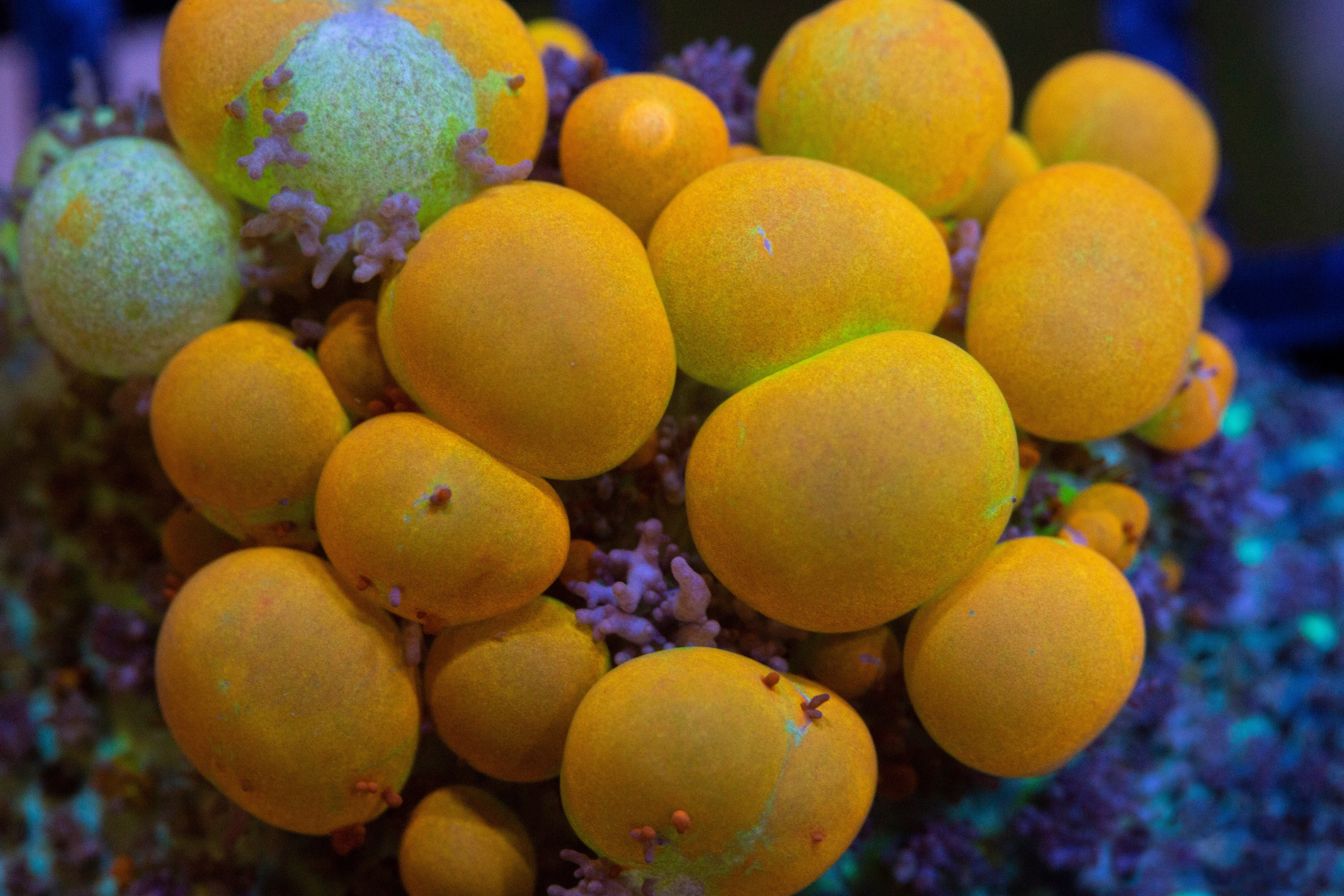
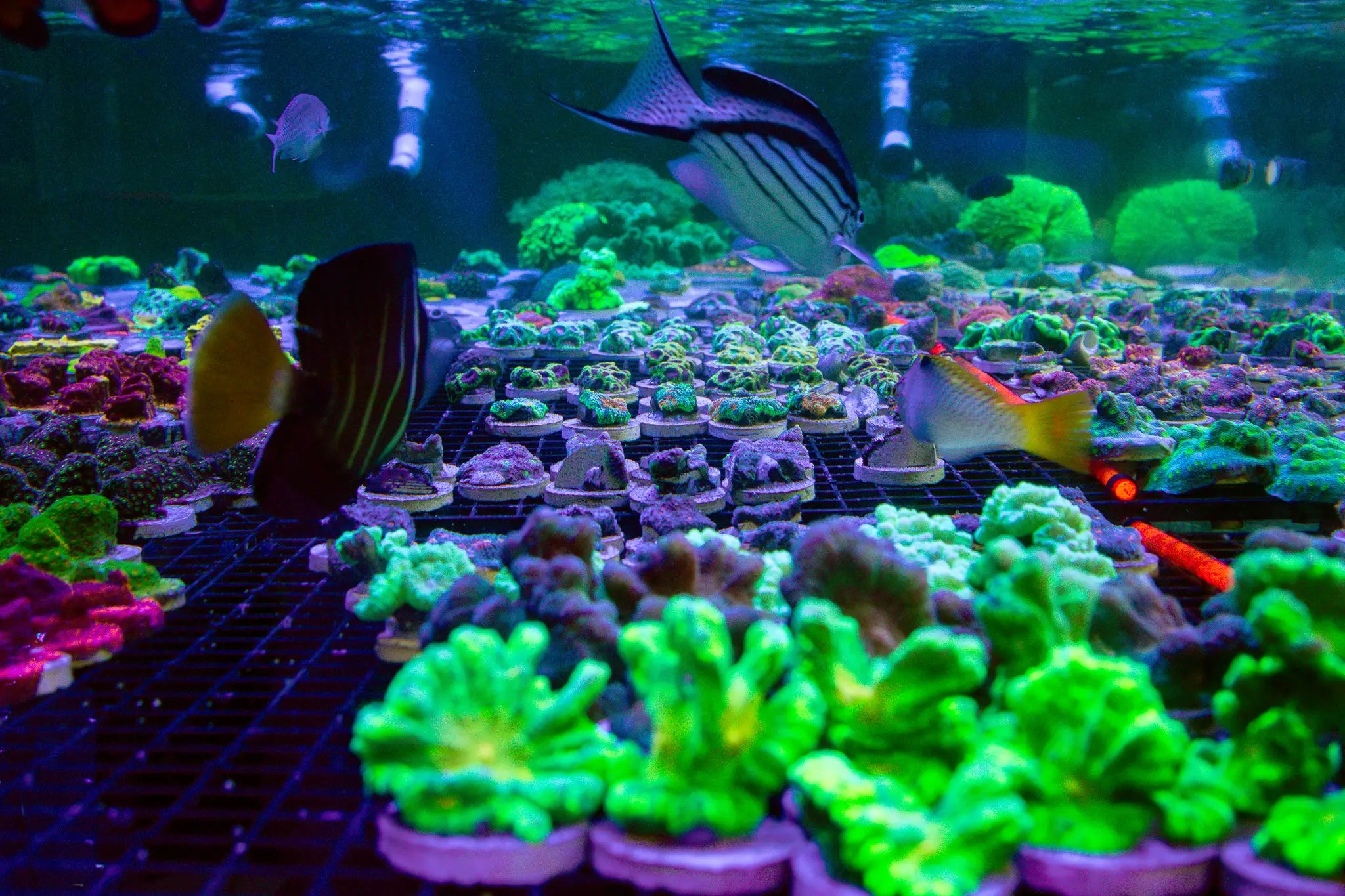

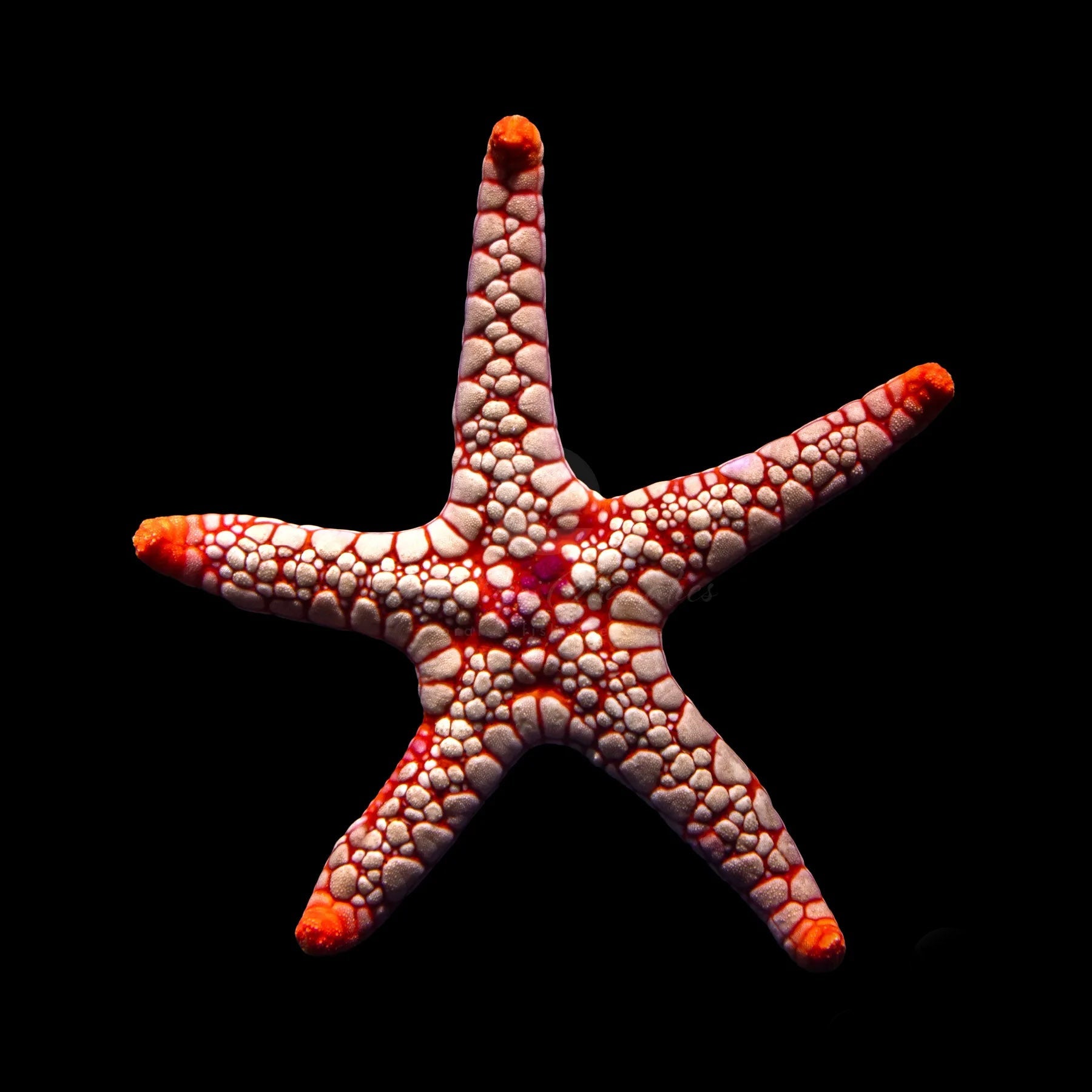
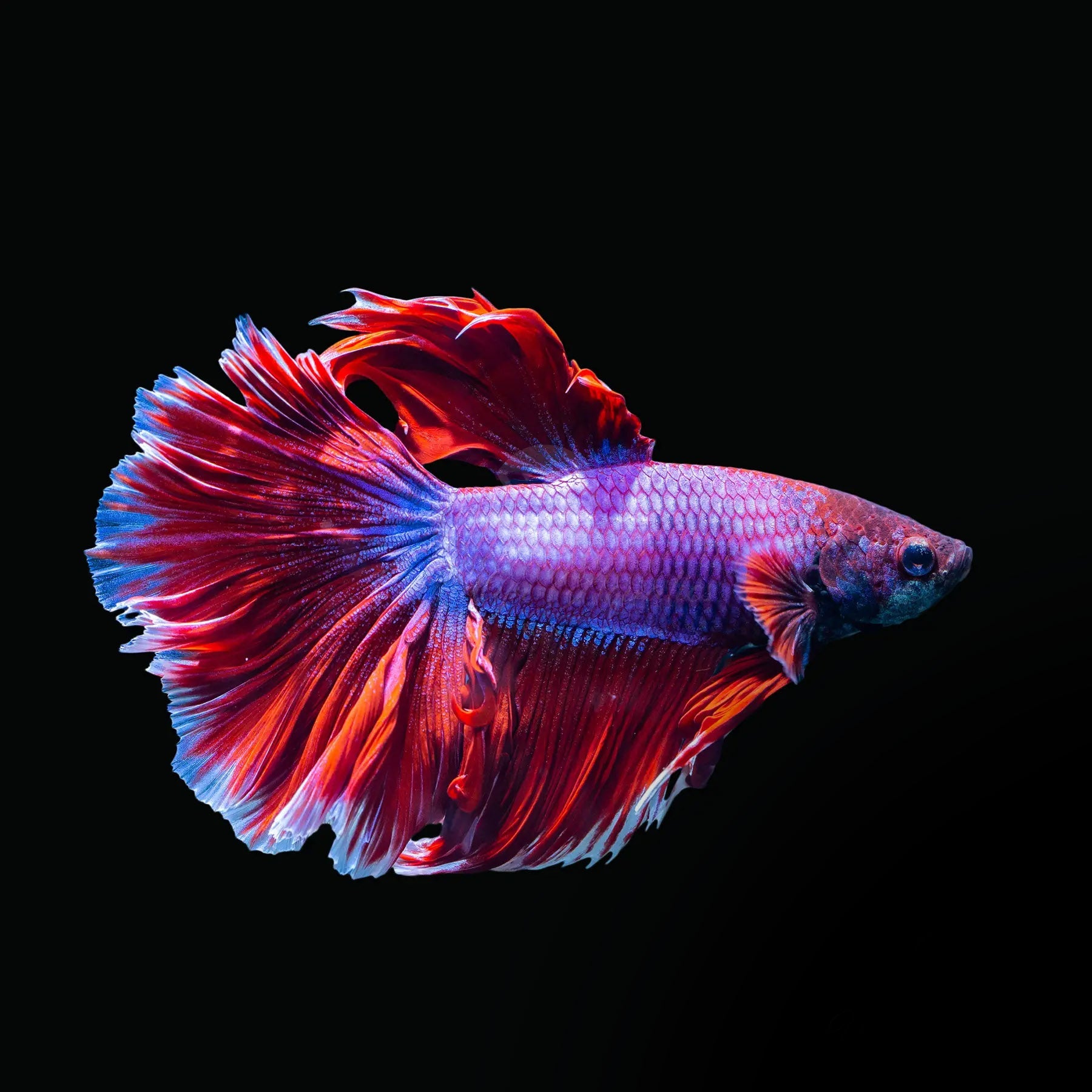
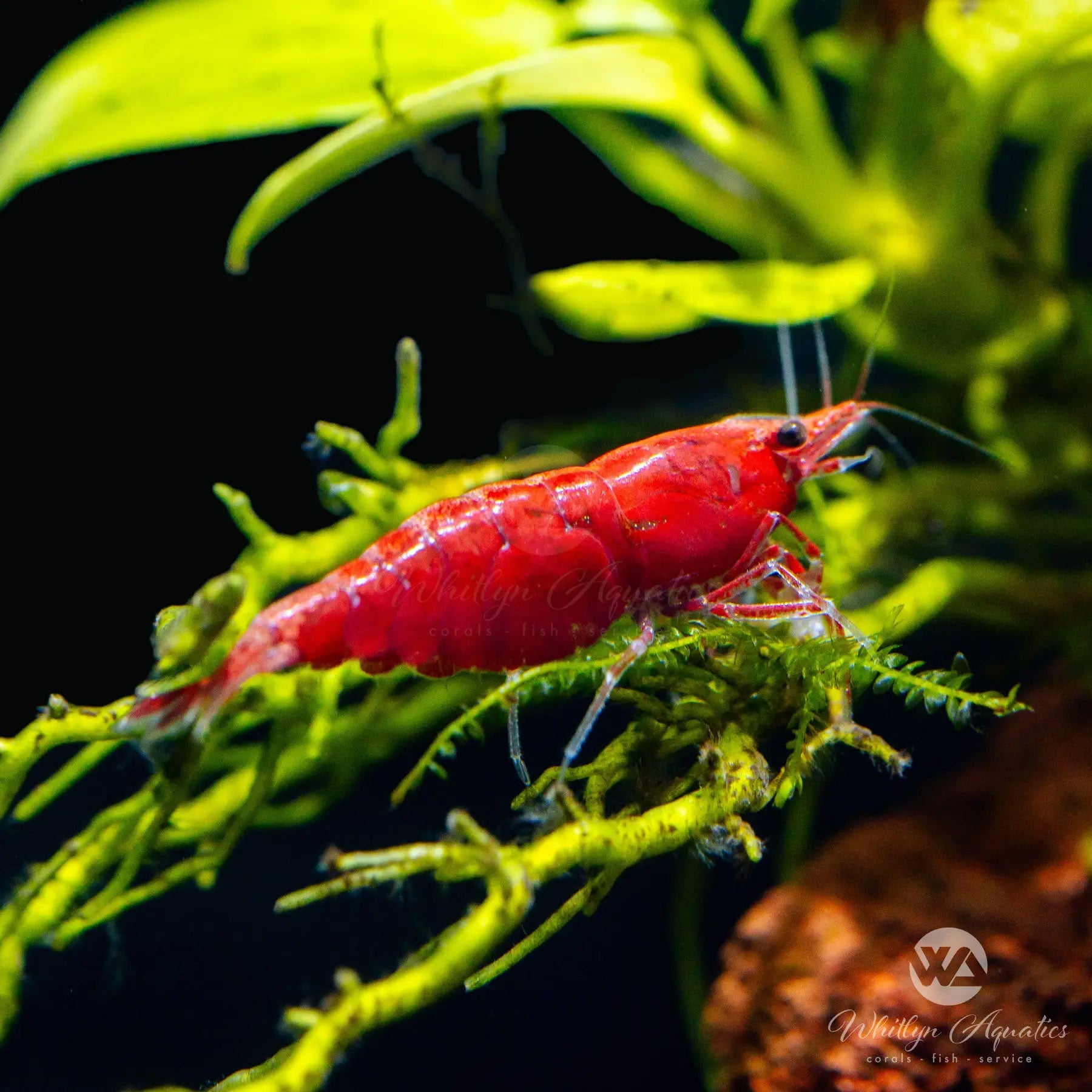
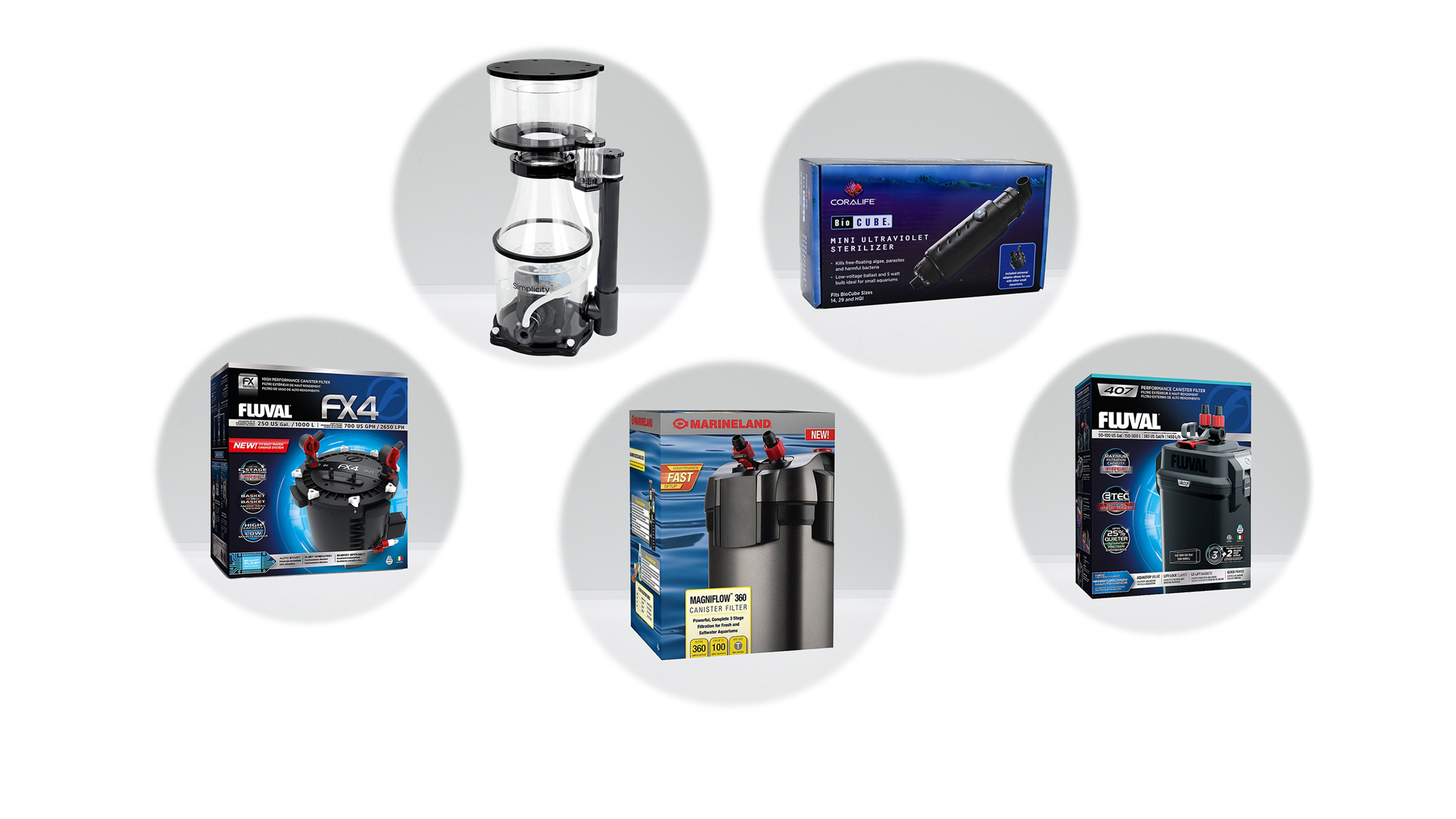
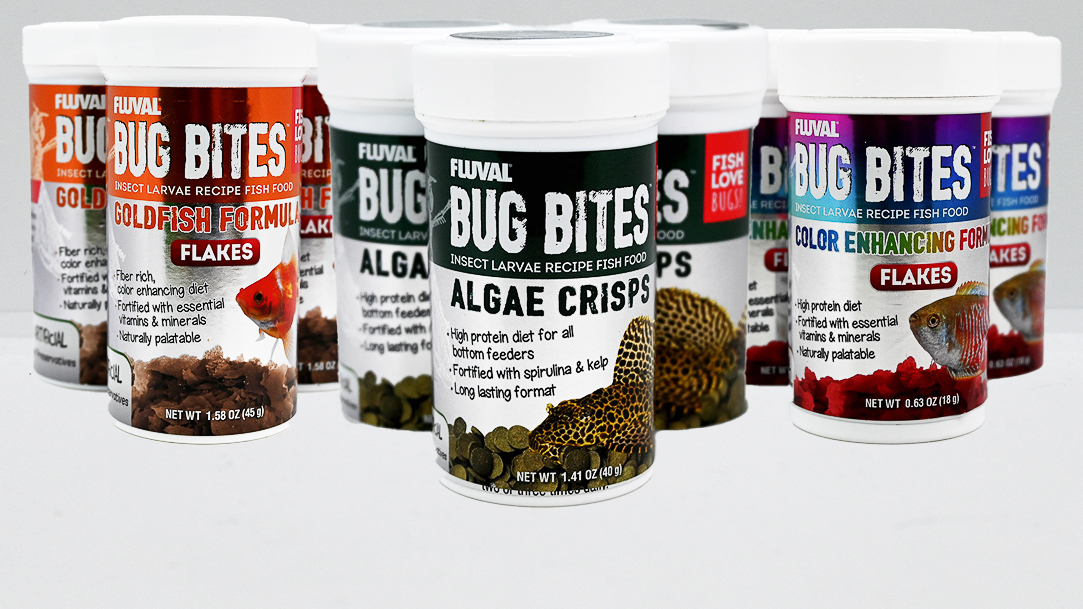
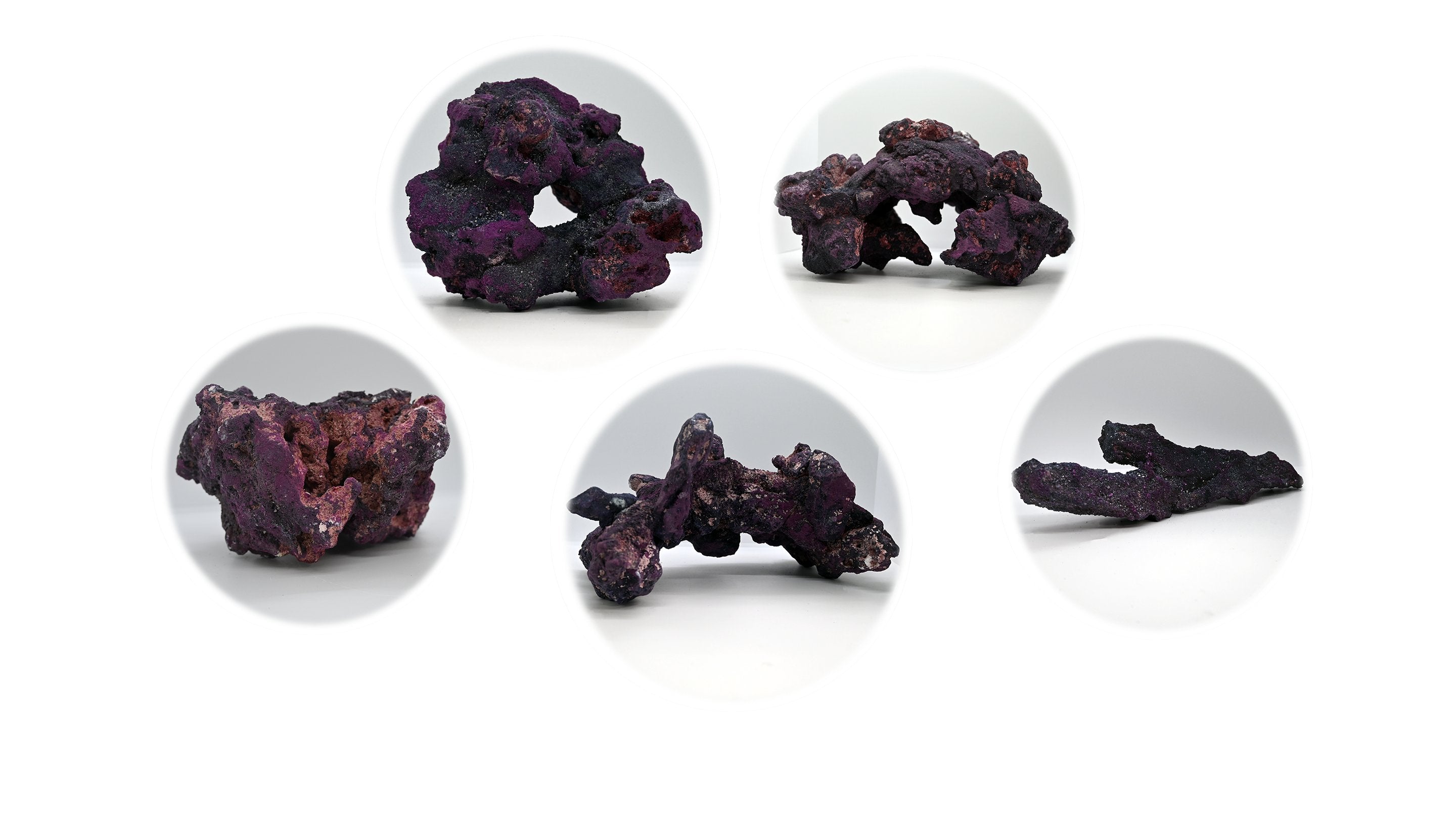
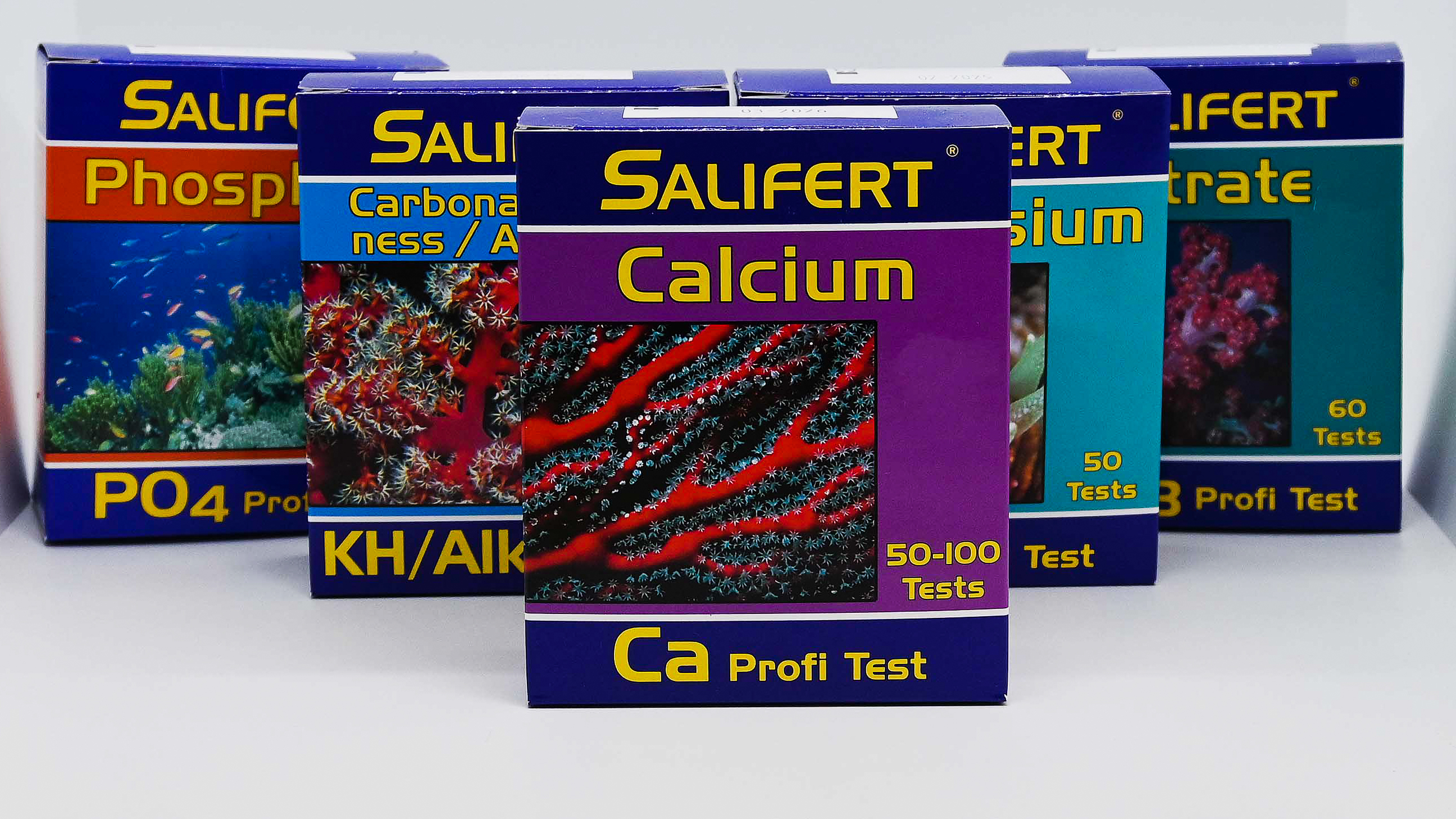
Leave a comment